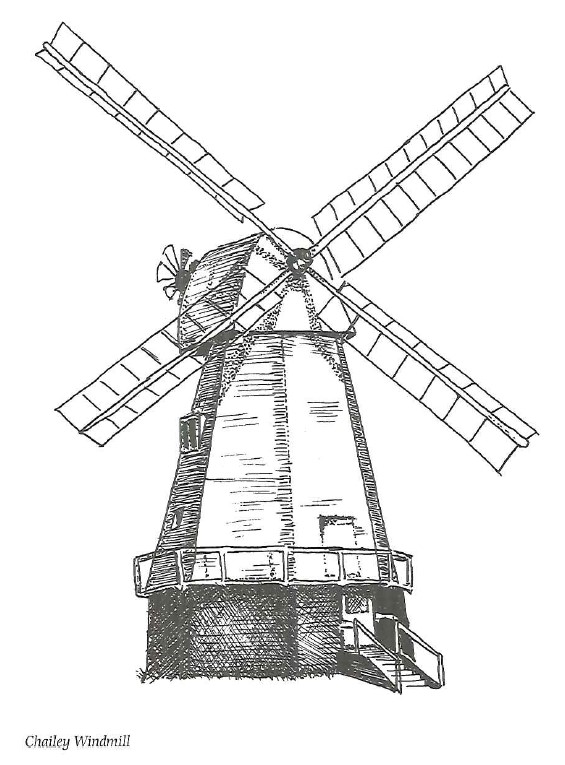‘Englishmen fight, French ‘uns too,
We don’t, we live Piddinghoe’
A rhyme that originated from the insular and independent nature of the village in the old days, perhaps, or simply a way of making sure the furriners’ got the pronunciation of the name right.
Certainly in the smuggling days Piddinghoe folk would want to keep themselves to themselves. Set beside the river Ouse just three miles from the sea, this village was in an ideal position to prosper from contraband. The quantity of illicit spirits hidden in pits here and removed at night gave rise to the proverbs: At Piddinghoe they dig for moonshine’; ‘At Piddinghoe they dig for smoke’; and At Piddinghoe they dig for daylight’.
An industry of the past gave rise to yet another anecdote – that the natives thang the ponds out to dry’. They made whiting here by grinding chalk in water. When this had been allowed to drain the sediment was dug out and put on shelves to dry.
Another source of employment which has long since disappeared was the brickworks, and in the grounds of Kiln Cottage is the only remaining bottle-shaped kiln in the county. It was last used just before the First World War, but in 1980 was dismantled and painstakingly rebuilt.
The ebb and flow of the river, with its majestic curve around the cluster of old cottages, plays just as big a part in the life of the village today as it did in the era of the smuggling brethren.
Villagers cannot escape the assortment of craft which pass up and down or the more eccentric events for which the Ouse is famous.
Piddinghoe is the finishing line for a plastic duck race from Southease Bridge. Hundreds of ducks (the conventional bath variety) are tipped into the water to leisurely float down to the finish, though the majority make a beak-line for the banks. The Southern Water Authority gave permission for the race with the following stipulations: no duck over 6ft should attempt to negotiate beneath Southease Bridge; and no duck should exceed the speed limit of five knots.
Piddinghoe church is one of only three in Sussex with a round tower built of flint, all of them being in the Ouse valley (the others are at Southease and St Michael’s in Lewes). The theory is that they were designed to be used as a series of beacon towers. In 1980 the lofty heights of Piddinghoe’s church were scaled in order for the weathervane to be repaired – a vane immortalised by Kipling in his poem Sussex: “Where windy Piddinghoe’s begilded dolphin veers’. The locals will tell you that it is not a dolphin at all, but a salmon trout.
When little Edith Croft died in 1868 at the age of three months, her grandmother launched a fund which perpetuates the little girl’s memory to this day. The endowment of £100
was to be known as Little Edith’s Treat and was to be spent on her birthday on 19 July. The bequest still provides an income which goes towards a treat for the village children.
